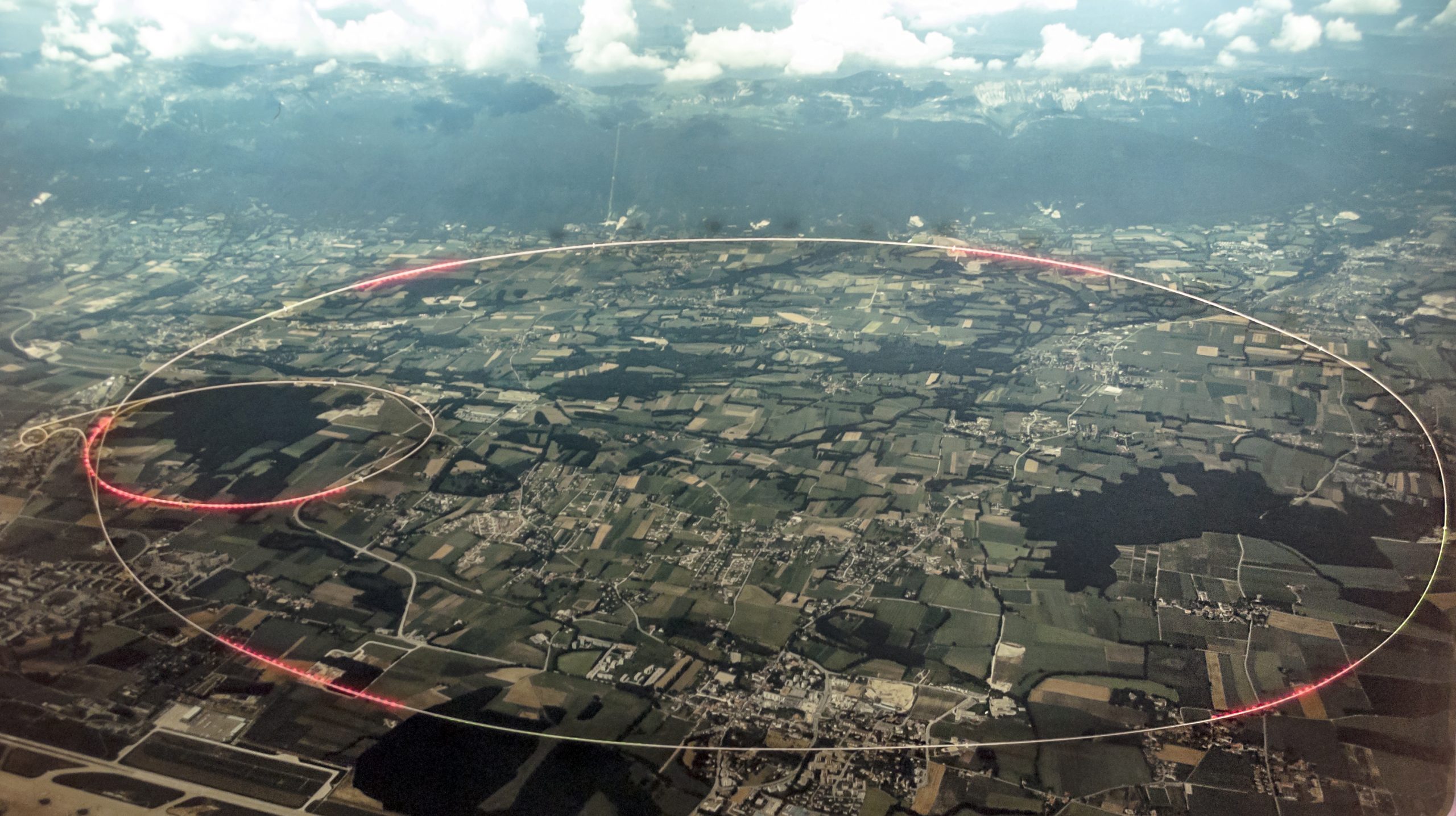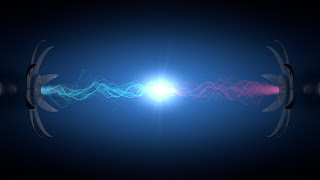Not long ago, CERN announced it was activating the Large Hadron Collider for the first time in three years to try and reach unprecedented energy levels. Not, scientists have announced that they have observed three new “exotic” particles in a revolutionary new discovery.
In a discovery made at the Large Hadron Collider (LHC), the international LHCb collaboration observed three previously unknown particles: a new type of “pentaquark” and the first pair of new pentaquarks including an entirely new kind of tetraquark.
Therefore, three new exotic members described at a CERN seminar are added to the growing list of new hadrons found at the LHC.
These composite particles will allow physicists to understand better how quarks are joined.
There are six types of quarks: up, down, charm, strange, top, and bottom.
Typically they are found in groups of two or three to form hadrons, such as protons and neutrons. However, Tetraquarks and pentaquarks can also form when they combine with four and five quarks, respectively.
Theorists predicted exotic hadrons about six decades ago, but it has only been in the last 20 years that experiments like LHCb have been able to observe them.
Until recently, exotic hadrons were mostly tetraquarks or pentaquarks, composed mostly of charm quarks and charm antiquarks, with the remaining two or three quarks being up, down, or strange quarks and antiquarks.
This has changed in the last two years, and LHCb has discovered exotic hadrons of different kinds.
 An aerial photograph showing the layout of CERN. Depositphotos.
An aerial photograph showing the layout of CERN. Depositphotos.
The collaboration discovered two “open-charm” tetraquarks made of charm antiquark, up antiquark, down antiquark, and strange antiquark two years ago, consisting of charm antiquark, up quark, and down quark. An up and a down antiquark were found together in a double open-charm tetraquark last year. Particles with open charms do not contain equivalent antiquarks.
The new sorts of exotic hadrons were discovered by the LHCb collaboration.
Based on a study of “decays” of negatively charged B mesons, an up, a down, and a strange quark are the first kind of pentaquark observed.
This is the first pentaquark with a strange quark. According to particle physics, an observation of a particle requires five standard deviations to be statistically significant, but this finding has a staggering fifteen standard deviations of significance.
The second type is doubly electrically charged tetraquarks, and it was uncovered in a joint analysis of decays of positively charged and neutral B mesons. The doubly electrically charged tetraquark was spotted together with its neutral counterpart, an open-charm tetraquark composed of a charm quark, a strange antiquark, an up quark, and a down antiquark.
This marks the first time a pair of tetraquarks has been observed with a statistical significance of six-point-five (doubly charged particle) and 8 (neutral particle).
“The more analyses we perform, the more kinds of exotic hadrons we find,” revealed LHCb physics coordinator Niels Tuning.
Exotic hadrons are sometimes described as a pair of loosely bound standard hadrons, while other models describe them as single tightly bound quark units.
It will only take time and further studies of exotic hadrons to determine whether they are one or both types of particles.
Please visit the LHCb website by clicking here for more information about the discovery.
In a discovery made at the Large Hadron Collider (LHC), the international LHCb collaboration observed three previously unknown particles: a new type of “pentaquark” and the first pair of new pentaquarks including an entirely new kind of tetraquark.
Therefore, three new exotic members described at a CERN seminar are added to the growing list of new hadrons found at the LHC.
These composite particles will allow physicists to understand better how quarks are joined.
There are six types of quarks: up, down, charm, strange, top, and bottom.
Typically they are found in groups of two or three to form hadrons, such as protons and neutrons. However, Tetraquarks and pentaquarks can also form when they combine with four and five quarks, respectively.
Theorists predicted exotic hadrons about six decades ago, but it has only been in the last 20 years that experiments like LHCb have been able to observe them.
Until recently, exotic hadrons were mostly tetraquarks or pentaquarks, composed mostly of charm quarks and charm antiquarks, with the remaining two or three quarks being up, down, or strange quarks and antiquarks.
This has changed in the last two years, and LHCb has discovered exotic hadrons of different kinds.
 An aerial photograph showing the layout of CERN. Depositphotos.
An aerial photograph showing the layout of CERN. Depositphotos.The collaboration discovered two “open-charm” tetraquarks made of charm antiquark, up antiquark, down antiquark, and strange antiquark two years ago, consisting of charm antiquark, up quark, and down quark. An up and a down antiquark were found together in a double open-charm tetraquark last year. Particles with open charms do not contain equivalent antiquarks.
The new sorts of exotic hadrons were discovered by the LHCb collaboration.
Based on a study of “decays” of negatively charged B mesons, an up, a down, and a strange quark are the first kind of pentaquark observed.
This is the first pentaquark with a strange quark. According to particle physics, an observation of a particle requires five standard deviations to be statistically significant, but this finding has a staggering fifteen standard deviations of significance.
The second type is doubly electrically charged tetraquarks, and it was uncovered in a joint analysis of decays of positively charged and neutral B mesons. The doubly electrically charged tetraquark was spotted together with its neutral counterpart, an open-charm tetraquark composed of a charm quark, a strange antiquark, an up quark, and a down antiquark.
This marks the first time a pair of tetraquarks has been observed with a statistical significance of six-point-five (doubly charged particle) and 8 (neutral particle).
“The more analyses we perform, the more kinds of exotic hadrons we find,” revealed LHCb physics coordinator Niels Tuning.
Exotic hadrons are sometimes described as a pair of loosely bound standard hadrons, while other models describe them as single tightly bound quark units.
It will only take time and further studies of exotic hadrons to determine whether they are one or both types of particles.
Please visit the LHCb website by clicking here for more information about the discovery.


Post a Comment